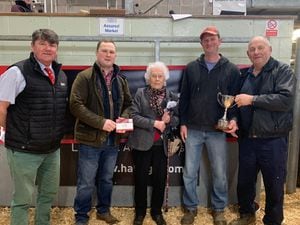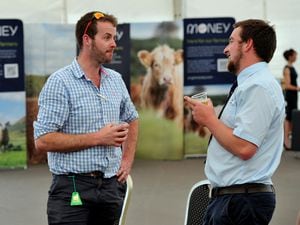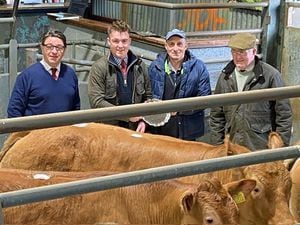Heat stress in cattle is a serious issue
The summer may have cooled a little now, but the extremely high temperatures we’ve seen this year could be a thing of the future.

It is therefore important to recognise that it’s not only us that get hot under the collar. Heat stress in cattle is a serious issue.
Cows are officially stressed when confronted with waves of extended heat periods as temperatures soar up above 28C and into the 30s.
Heat plays a key role in cattle behaviour related to lameness. In hot conditions, cows tend to accumulate heat while lying and cool down when they stand. Rest time can drop by four hours per day during a six-day heat wave, elevating the risk of lameness.
It also directly affects feed intake (feed intake begins to decline at air temperatures of 25-26C in lactating cows and reduces more rapidly above 30C) which reduces growth rate, milk yield, reproductive performance, and even leads to death in extreme cases.
Dairy breeds are typically more sensitive to heat stress than meat breeds, and higher producing animals are more susceptible as they generate more metabolic heat.
Heat stress suppresses the immune and endocrine system, enhancing susceptibility of an animal to various diseases.
Monitoring lameness is critical during periods of high temperatures and humidity. You need to look for cows with reduced feed intakes as well as slight limping in one rear foot. Also, monitor the colour of the hair line at the foot and the claw. If it is white or a nice flesh colour, the cow's metabolism is working well. However, if the hair line is slightly swollen and pink, then that animal is probably in an acidotic state.
If you have white-line lesions a hoof trimmer should inspect the feet and block any animals. Blocking the healthy claw is the best practice. Cows with blocks can walk right away with reduced pain and typically heal approximately 50 to 60 per cent faster than non-blocked cattle.
Farmers should also be aware that studies have shown that the primary factors contributing to the development of autumn lameness is the amount of time cows spend standing, particularly if they are standing on concrete.
Prolonged standing times increase the number of lame cows and the prevalence of claw horn lesions. When cows stand on concrete, pressure is exerted on specific portions of the claw which can contribute to vascular-derived lesions of either haemorrhage or necrosis.
In addition to time spent standing, if the claws are not properly trimmed, localised pressure may contribute to further foot damage. Therefore, timely and regular hoof trimming is another key component to minimising and correcting lameness.
Nick Challenor, ND Challenor Professional Livestock Services





